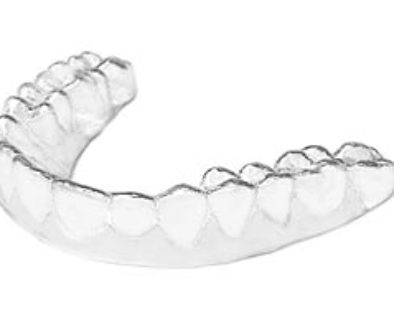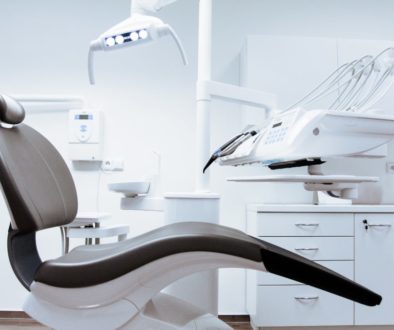Loose Adult Teeth
 Most kids are so excited when they loose their last baby tooth. They think they’ll never have to deal with a loose tooth again. Unfortunately there are some situations where you’ll find that one of your adult teeth is actually loose too.
Most kids are so excited when they loose their last baby tooth. They think they’ll never have to deal with a loose tooth again. Unfortunately there are some situations where you’ll find that one of your adult teeth is actually loose too.
Gum Disease
Gum disease is the most common reason for loose teeth. Over the course of years and years being affected by gum disease, you slowly lose bone around your teeth until there isn’t enough support to keep the tooth securely in place.
If your teeth are so loose from gum disease that you can notice it, the odds of being able to save the tooth long term are pretty low. It takes a lot of bone loss to get a tooth noticeably loose. You should see a dentist or periodontist ASAP to see if there is anything that can be done.
Abscess
A dental abscess is an out of control infection around your tooth. Your body sends in white blood cells and other factors to help fight the infection. This creates pus and swelling in that specific area which can be very painful. Most abscesses form when the nerve inside of your tooth dies and the infection coming from your tooth causes a larger infection outside of it. Occasionally abscesses form just from severe periodontal disease (this is known as periodontal abscess). When an abscess forms around a tooth it destroys the bone in the area. When enough bone has been destroyed the tooth will get loose.
Abscesses must be treated by either extraction of the tooth or a root canal. Just taking antibiotics may help temporarily but it will come back once the antibiotics have worn off.
Traumatic Occlusion
Some people have teeth that hit harder in certain spots than others. Or they’ve lost most of their back teeth so that only their front teeth touch. When teeth take more pressure during regular biting, chewing, and sleeping than they are used to, they can develop some amount of movement. This is known as traumatic occlusion.
The best treatments for traumatic occlusion are either a nightguard to reduce the effect of nighttime grinding or to splint the teeth together with a wire / fabric strip. The teeth are much stronger when they are connected together than they are alone.
Braces
If you’re in braces or Invisalign and your teeth are loose, no worries! This is actually a good thing. Putting pressure on teeth literally causes the bone on one side of the tooth to start breaking down and bone to be created in the area where it is moving from. A consequence of this movement is that the teeth will be loose during the whole process. Once the teeth have moved into the correct position they’ll tighten up again and you won’t notice a difference (except for how they look!).
Trauma
If you’ve recently hit your tooth hard some amount of movement on it is pretty normal. Your tooth should tighten back up within a couple of weeks maximum. Keep a close eye on that tooth after that. Sometimes it will turn colors, the nerve can die, or it can be more likely to crack in the future. Also let you dentist know about the trauma so that they can keep a closer eye on the tooth in the future.



